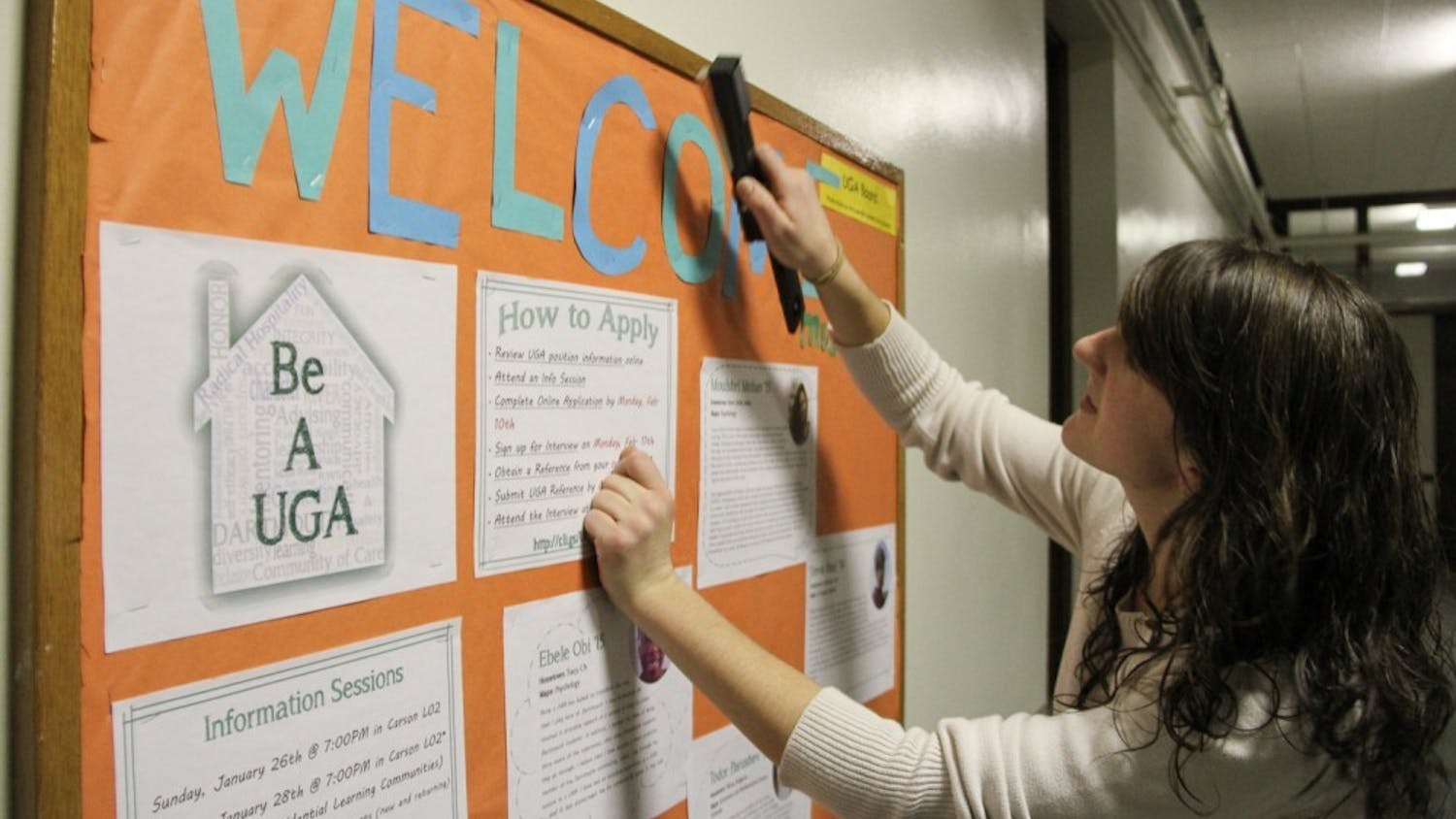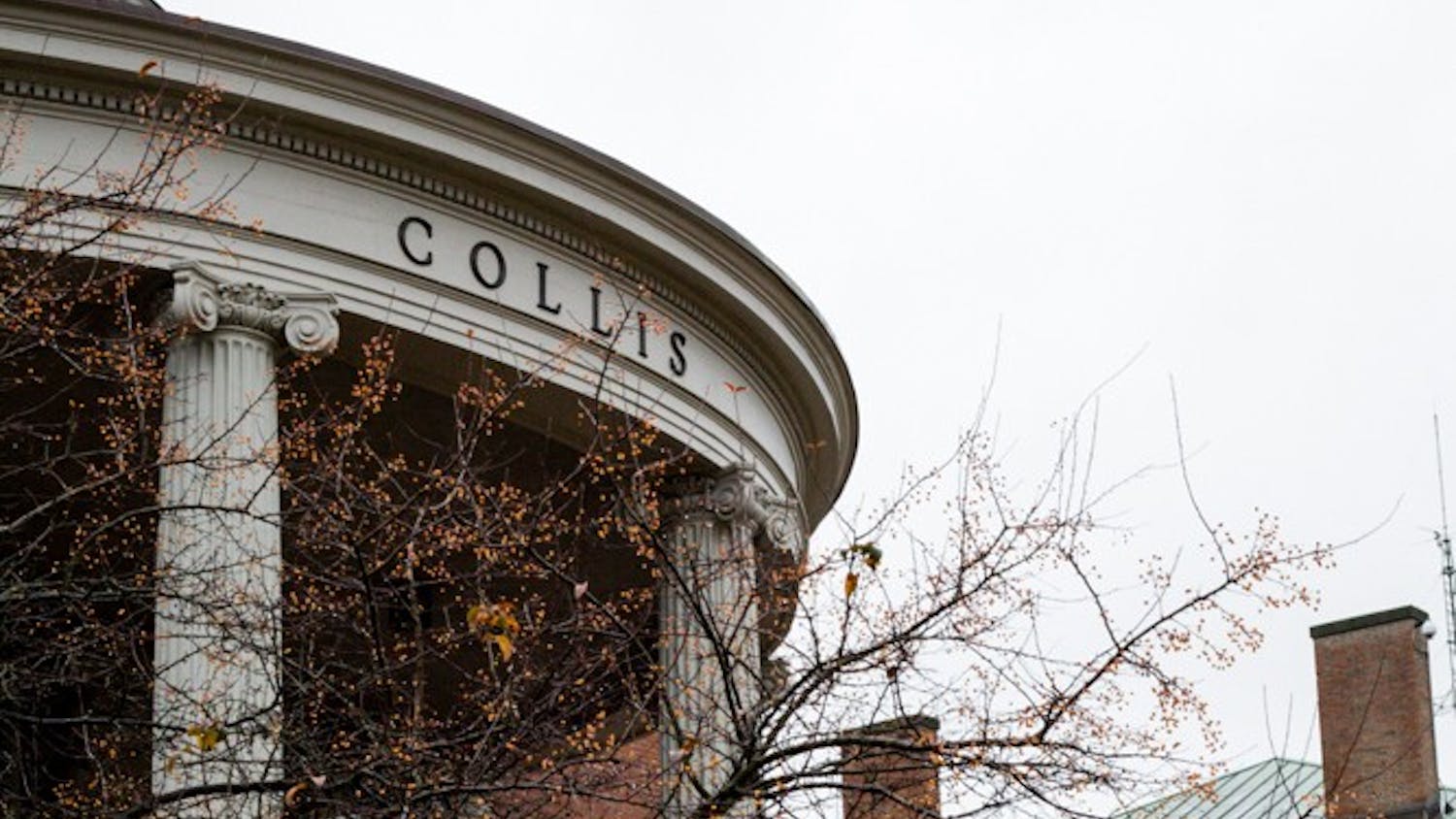The couple's research stems from studies they have conducted to analyze theatrical performances in the United States and South Africa. Claiming that performance is a "transformative force for institutional and social change," the Elams examined a variety of plays from these two countries. The research provided the couple with insight into the effect of the worldwide "mixed-race movement" on race politics and cultural identities, Harry said.
"We're arguing that analyzing mixed race as a type of social performance can help us make sense of some of these new cultural dynamics," he said.
The Elams' work -- much of which is derived from a book Michele wrote last year titled "Mixed Race in the New Millennium" -- asks what causes people to classify themselves as "black," and examines the potential for intra- and interracial social mobilization.
A particular focus of their work was the play "Combination Skin" by Lisa Jones. Jones' performance focuses on the question surrounding the authenticity of being mixed-race and emphasizes that identifying as mixed-race is about theatricality, Michele said.
"[Jones' work] is calling to the constructed nature of the mixed-race category," Ivy Schweitzer, an English professor at Dartmouth who attended the lecture, said in an interview with The Dartmouth.
The connection between race on stage and race in society is strengthened by the idea that identity is a continual performance, Schweitzer explained.
"There's a continuity between the performativity of race in our daily lives and the performativity of race on stage," Schweitzer said. "The stage is a space where we get to see that [mixed-race identity] performance happening."
In the United States, the "mixed-race movement" is comprised of an uneasy coalition of "interracial couples, transracial adoptees and a new generation of mixed-race-identified youth," the Elams said.
The mixed-race movement gained considerable national attention after the census, which gave it both cultural leverage and a profound impact on race politics in the United States, Harry said. He added that the movement has since become a fad associated with a "new frontier" that some claim will guide the country in the post-Civil Rights era.
"In the last decade, a myriad of often well-funded organizations, web sites, affinity clubs, student groups, college curricula, media watches, journals, plays and performances have emerged, all focused on the 'mixed-race experience,'" Harry said.
Much of the recent rhetoric on mixed race, specifically regarding presidential hopeful Sen. Barack Obama, D-Ill., who has a black father and a white mother, has emphasized that being mixed-race allows individuals to transcend racial histories, Soyica Colbert, a Dartmouth English professor who introduced the lecturers, said. The Elams argue that being mixed race is a deep part of history, she said. They are interested in learning how that history is expressed in popular culture, she explained.
"In what ways does [mixed race] get deployed and why does it become a touch point in certain moments?" Colbert said. "And why is it so in vogue right now?"




